When learning how to repair my 1978 Honda Super Cub c90 I was surprised to discover that original printed copies of the Honda shop manuals are still in circulation. Unlike the Haynes and Clymer publications that were aimed at the general public, these are the instructions used by the Honda mechanics who mended and maintained the bikes when they were first introduced.
You can view or download digital copies of my workshop manuals below. They are all text searchable. There are manuals for Super Cub models from the mid 60s onwards, and I've included a bit of history for each version.
C100/C102 (1958)
Honda introduced the C100, the first Super Cub, in 1958. It was an instant success and the user friendly features like the quiet 50cc 4-stroke engine, automatic clutch and large protective leg shield made sure it stood out from the competition which, at the time, consisted primarily of noisy and underpowered 2 strokes. The 102 version even included an electric starter.
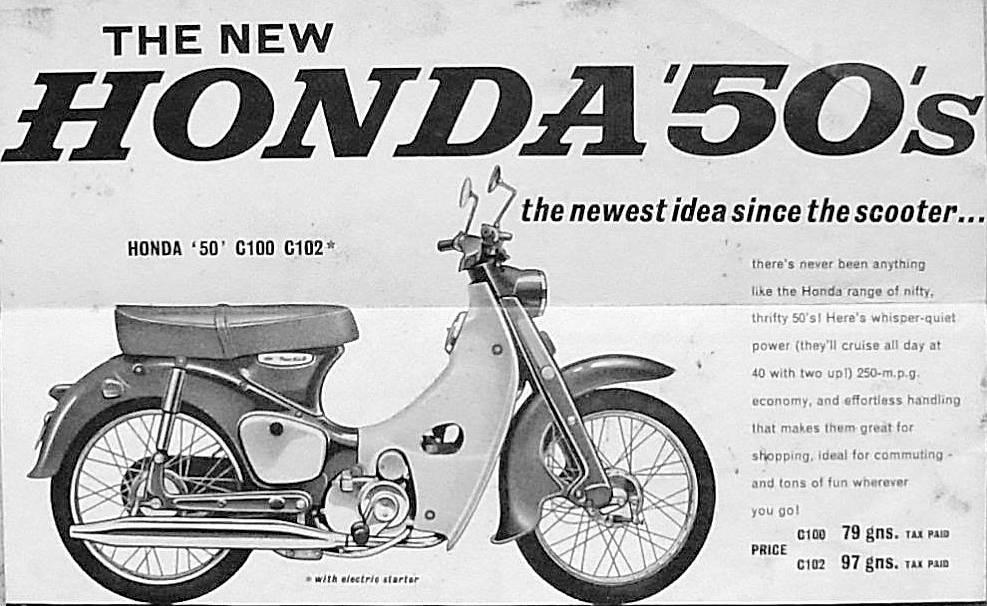
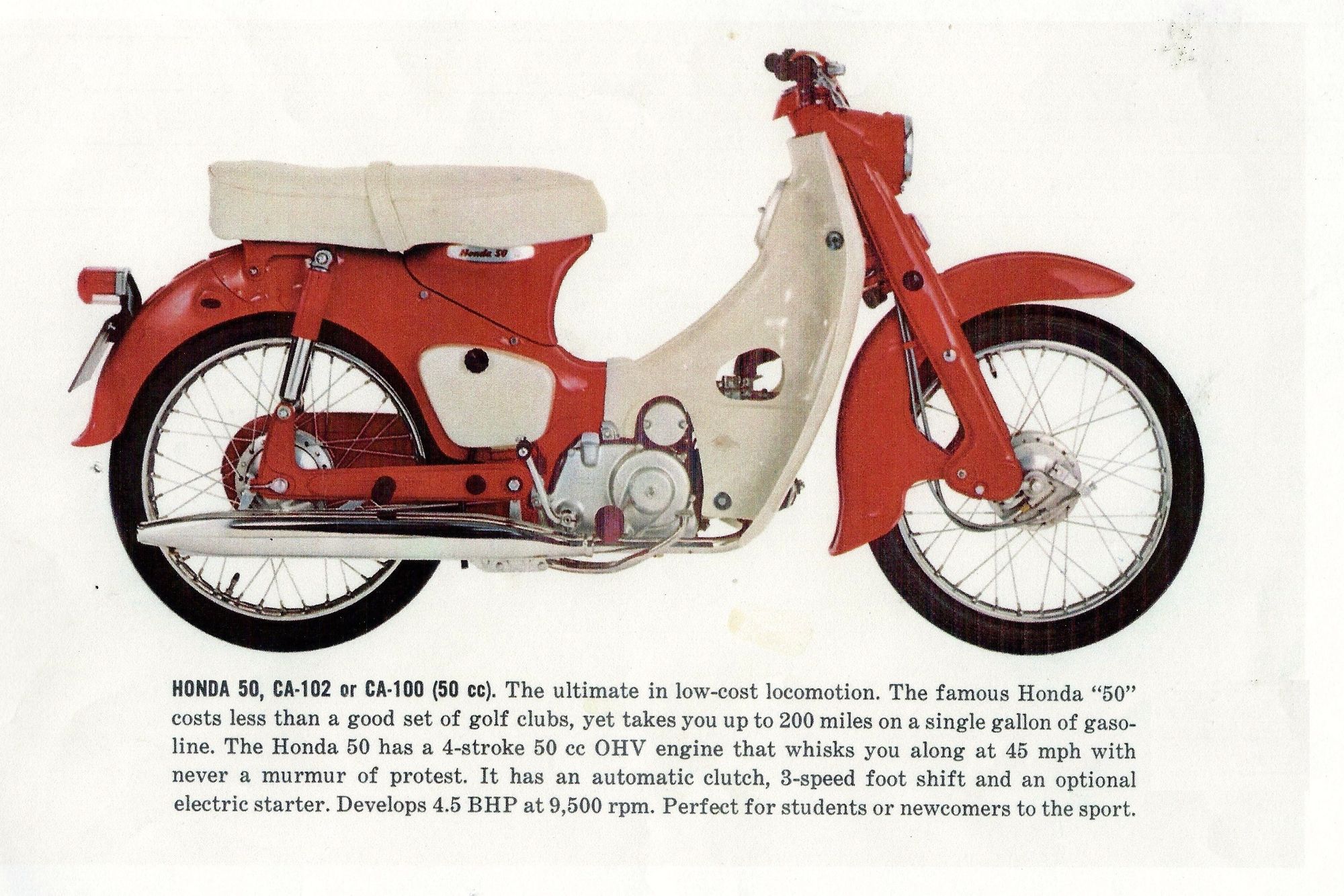
The "nifty fifty": Honda introduced the 50cc super cub in 1958, this was before they started naming their models using the engine capacity and the first cubs were called the C100 and C102.
CM90 (1964)
The big brother to the 50cc C100 - and the first 90 model - the CM90, was introduced in 1964. The CM90, like the earlier 50cc models, used a pushrod overhead valve (OHV) engine, based on the engine used in the C200 Benly.
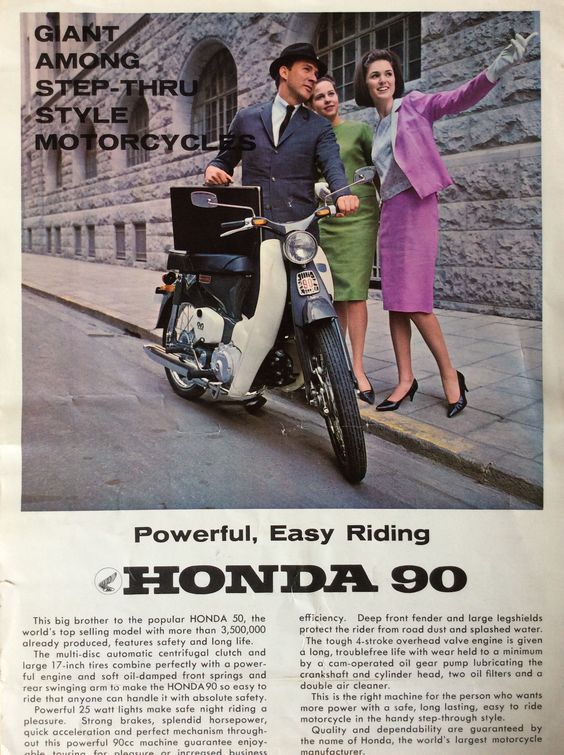
C50/C65 (1964)
In the early 60s Honda began experimenting with a completely new over-head cam (OHC) engine design, aiming to improve reliability and performance. The new engine was launched in a 63cc model, called the C65, that was offered as an intermediate model positioned between the 50 and 90 bikes. Shortly afterwards a smaller version of the engine was used in an updated 50cc model, now named the C50.

The new over-head cam (OHC) engine design introduced pumped lubrication and an automatic cam-chain tensioner.
Here is the manual that covers the OHC C50 and C65 models:

A few years later the original 63cc engine used in the C65 was extended to 72cc and the new model was released as the C70 (which - unlike the C65 - was available in the UK).
CM91 (1966)
Honda also designed a new OHC engine to replace the push rod engine used in the CM90 and this was released in 1966 in a model called the CM91. This model continued to use the older style frame and forks used on the CM90 and was only available for a couple of years. Although the engine followed the same basic architecture as the 65cc OHC engine, it was designed from the ground up and shared very few parts with the smaller engine. Like the C65 engine, the new engine improved power output and fuel economy and came with an automatic cam chain tensioner and pumped oil lubrication to improve durability and reliability.
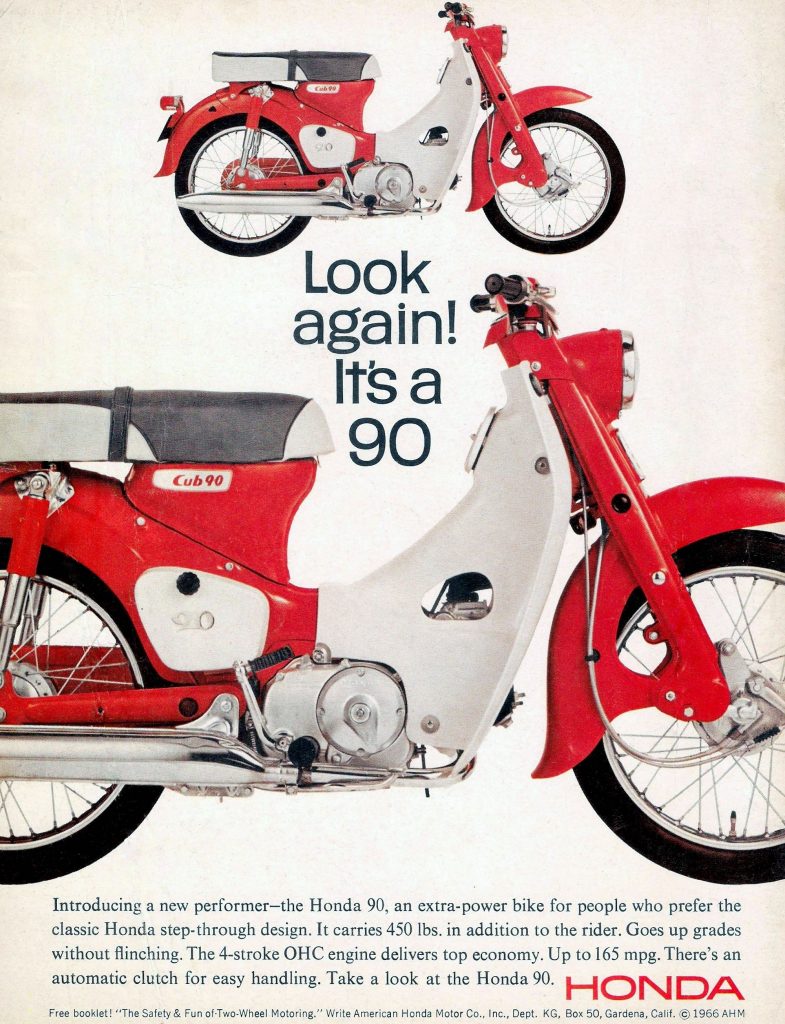
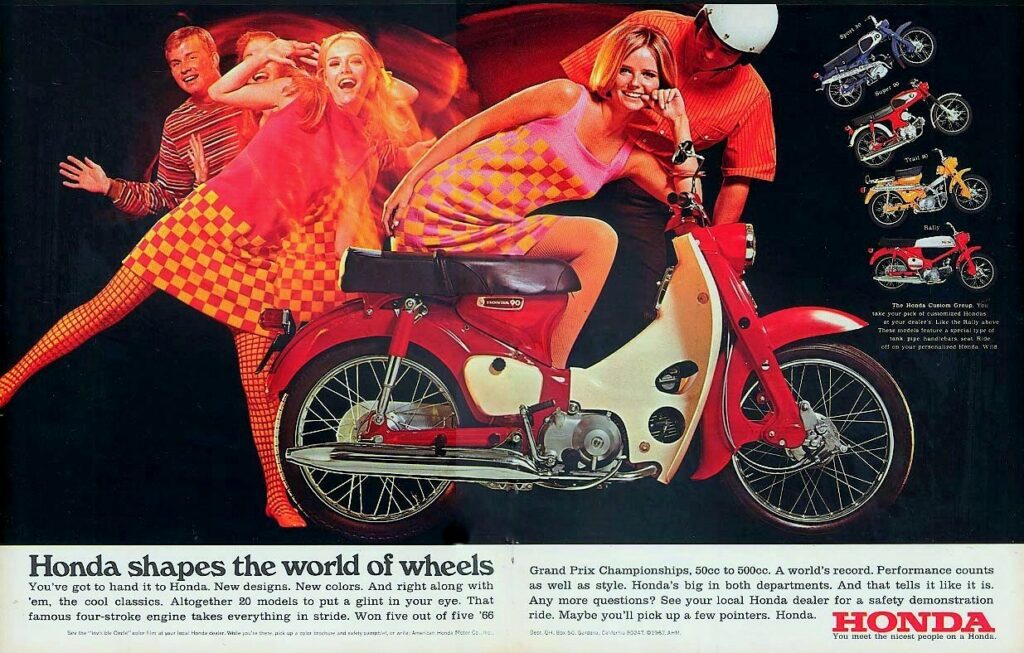
Honda CM91 (1966) – The original CM90 was still on sale in 1966, the year that Honda unveiled their new 89cc OHC CM91 engine. Cosmetically the updated bike is almost indistinguishable from the original.
Honda were so confident in the new engine design that they offered a 2 year warranty, a guarantee that was unprecedented at the time. Their confidence was not misplaced and the engine design remained in production for over 40 years[1].
C90 (1967)
in 1967 the 89cc bike got an update including larger indicators and a new handlebar mounted headlight, bringing the styling in line with the C50, C65 and C70 bikes. This was the first bike Honda named "C90". Although all the models were now visually similar and shared a similar overhead-cam engine architecture the C90s shared very few components with the smaller bike, having been equipped with with a more substantial frame and other beefier parts.
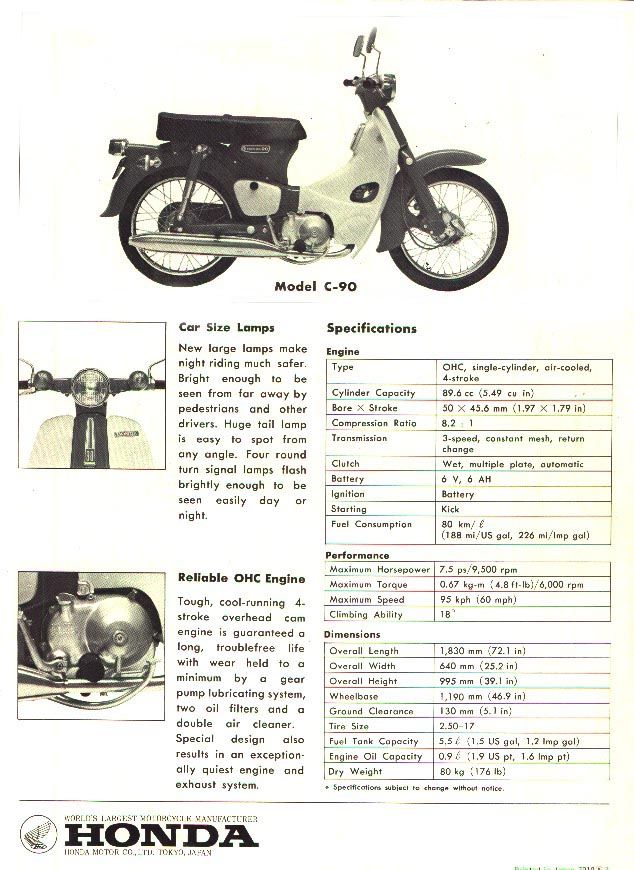
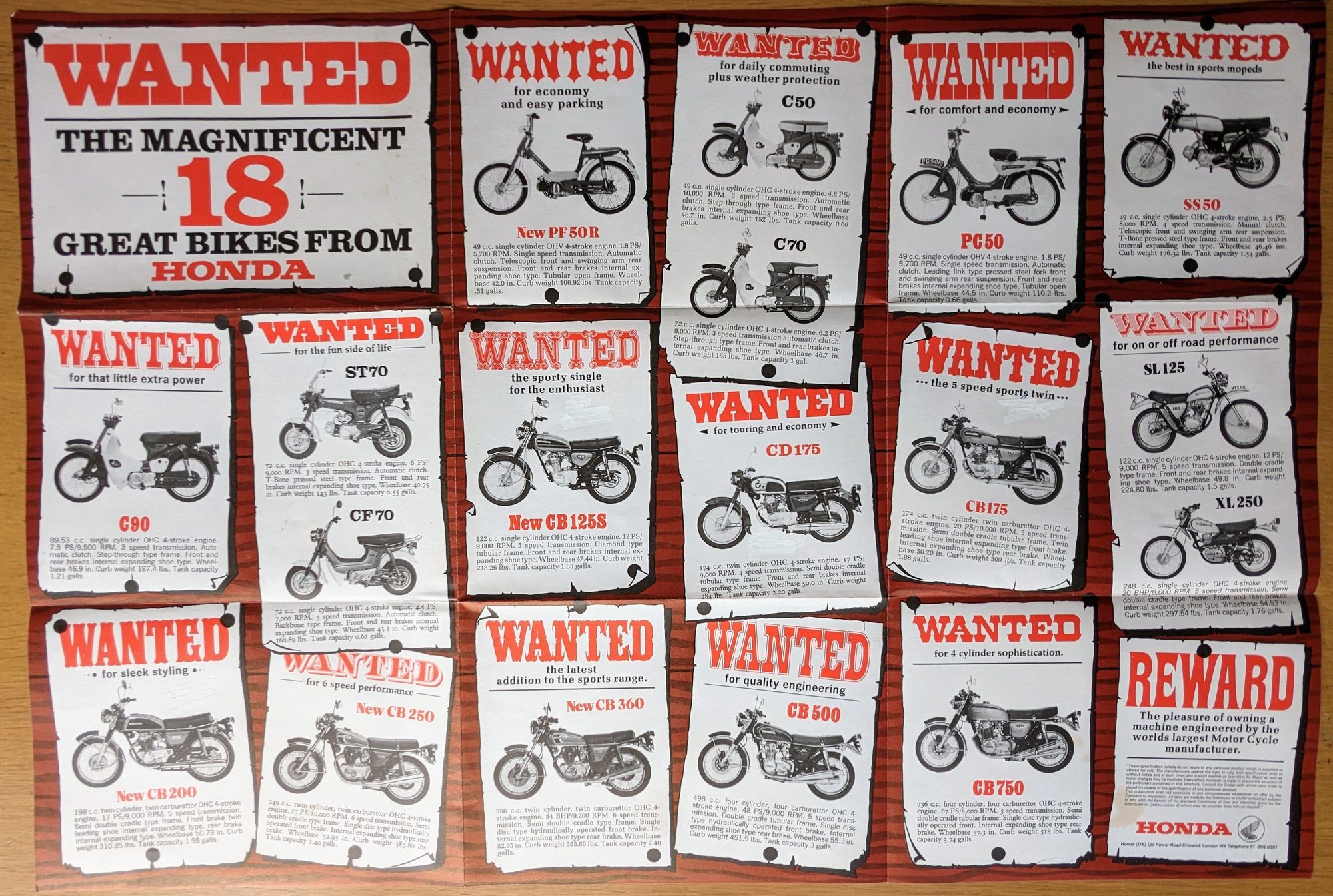
Spec sheet for the new c90 released in 1967/ the Honda range in the early 1970s (the c90 is shown in the middle row on the left)
The 89cc OHC motor was a great success and was used in all the C90s sold until the early 1980s, as well as in the other 90cc models in the Honda range, including the CD90, CL90, CS90 and CT90. A modified version continued to be used in the Japanese Mail delivery (MD90) bike and was also the basis for the CT110, both of which were made well into the 2000s.
This version of the C90 stayed on sale in the UK for another 10 years and was eventually replaced by the Z models in the late 70s
C50Z/C70Z (1977)
The C65 was eventually discontinued and the C50 and C70s received an update in the late 1970s. The updated models are known as the C50Z and C70Z respectively and the manual is available below:
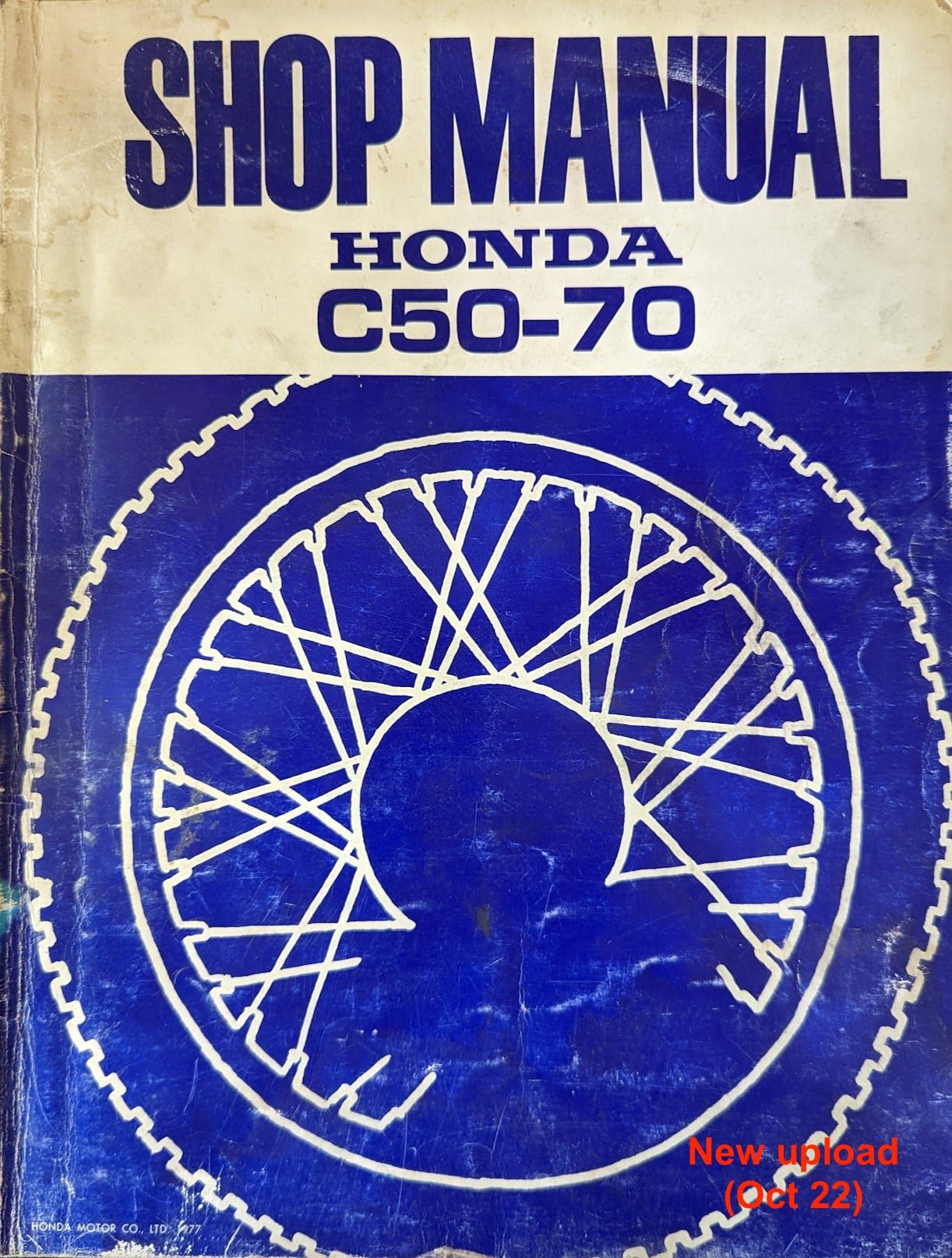
C90-Z (1977)
The C90 also got a refresh in the late 1970s. For no apparent reason, Honda called the initial models ‘Z2’ and the later models (which came with a new gear change pattern) the ‘ZZ’.
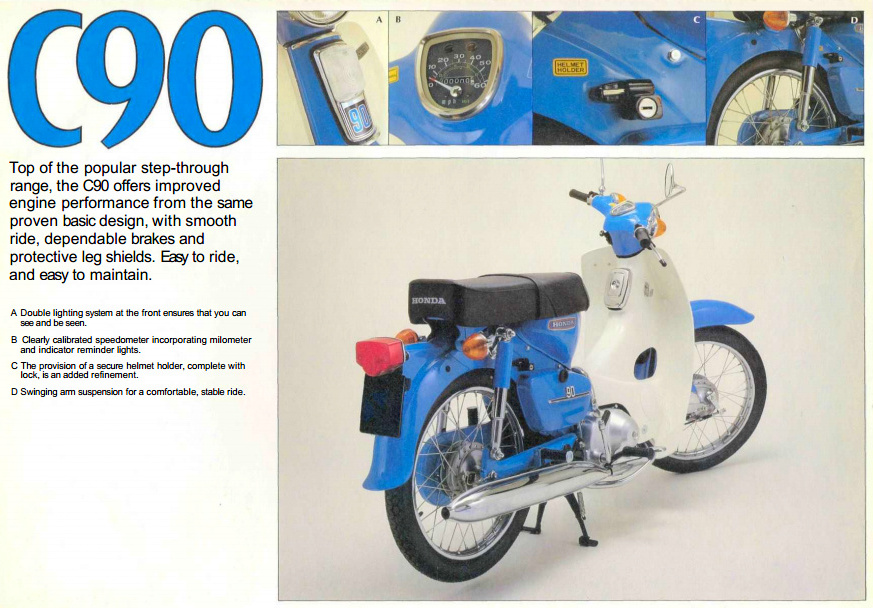
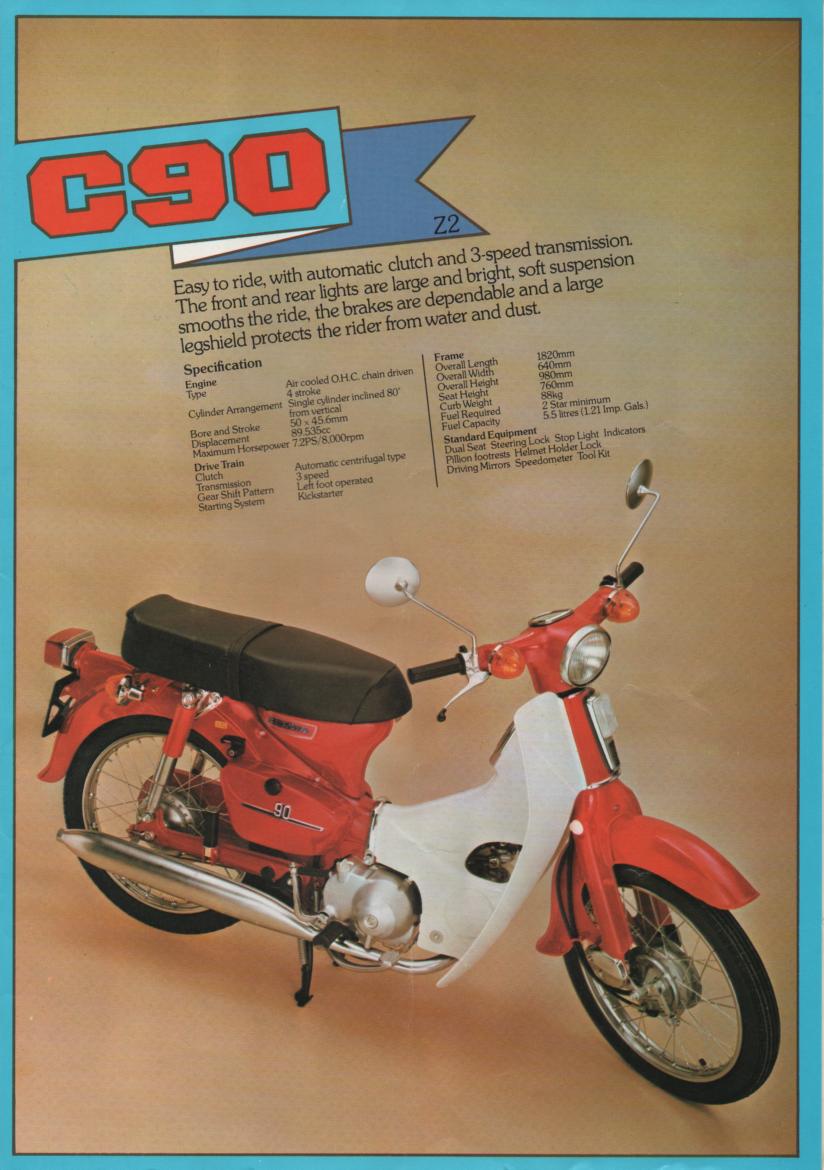
C90Z2 – 1977. The C90 model documented on this blog is a Z2 from 1978
The c90s from the 60s and 70s sometimes come in for a bit of a bad press, owing mainly to their electrics. Despite this, they still seem to have been quite popular[2] and plenty of them have survived in the UK.
The shop manual below can be used for all the 89cc bikes made between 1966 and 1982, although note there were a number of minor mechanical changes over the years (see the section below).
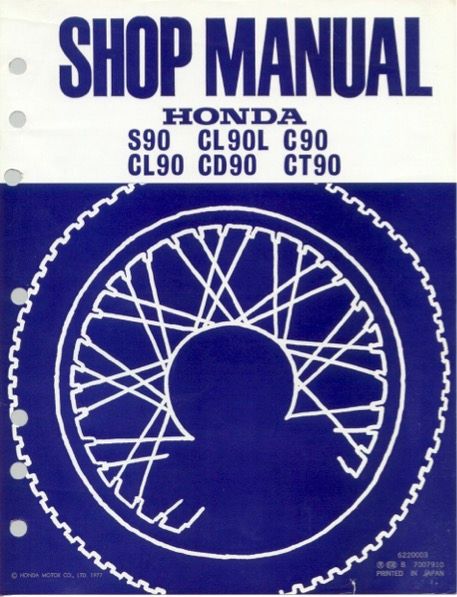
These guides are specific to the Z2 and ZZ models (made between 1978 and 1982):
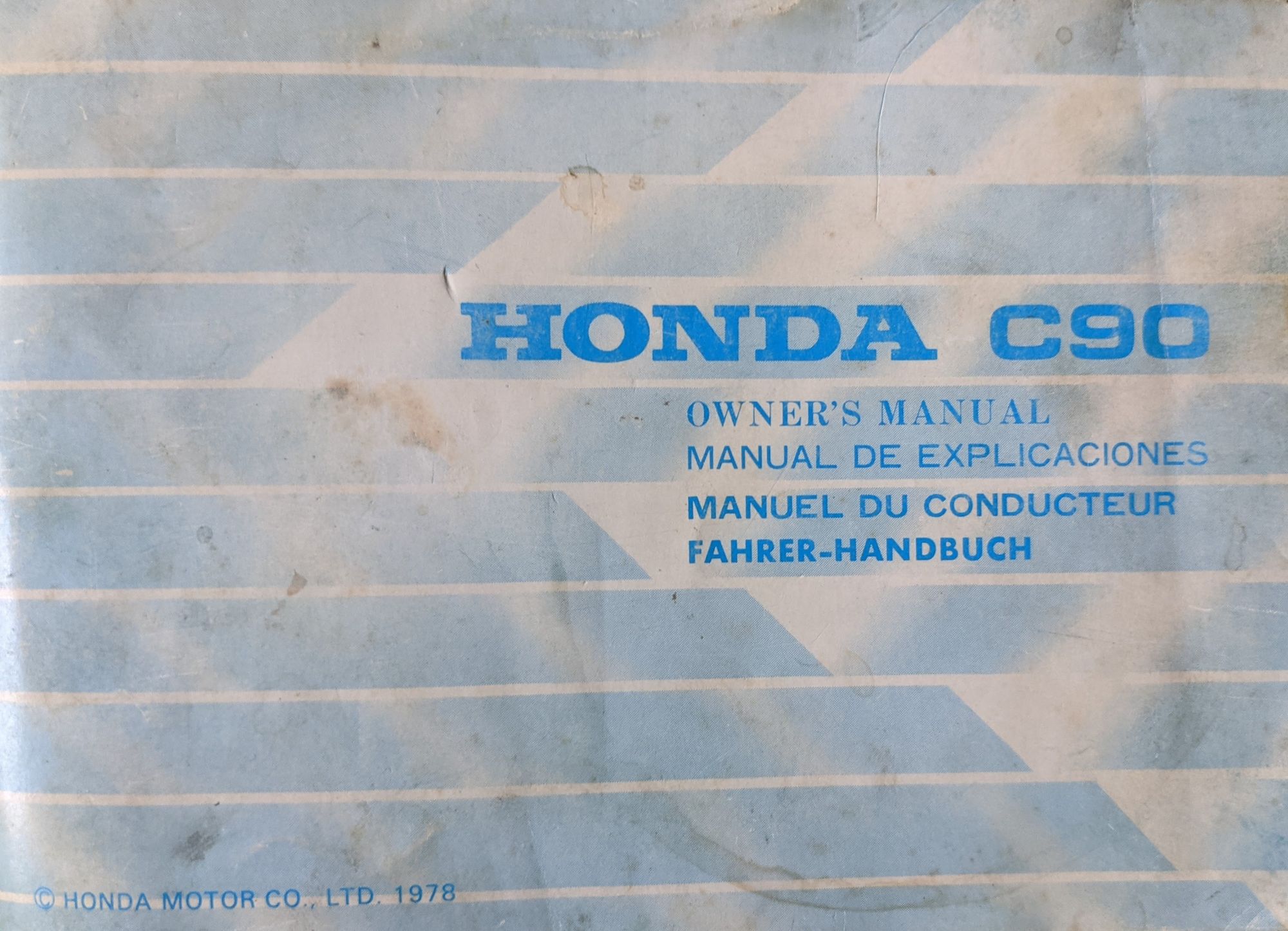
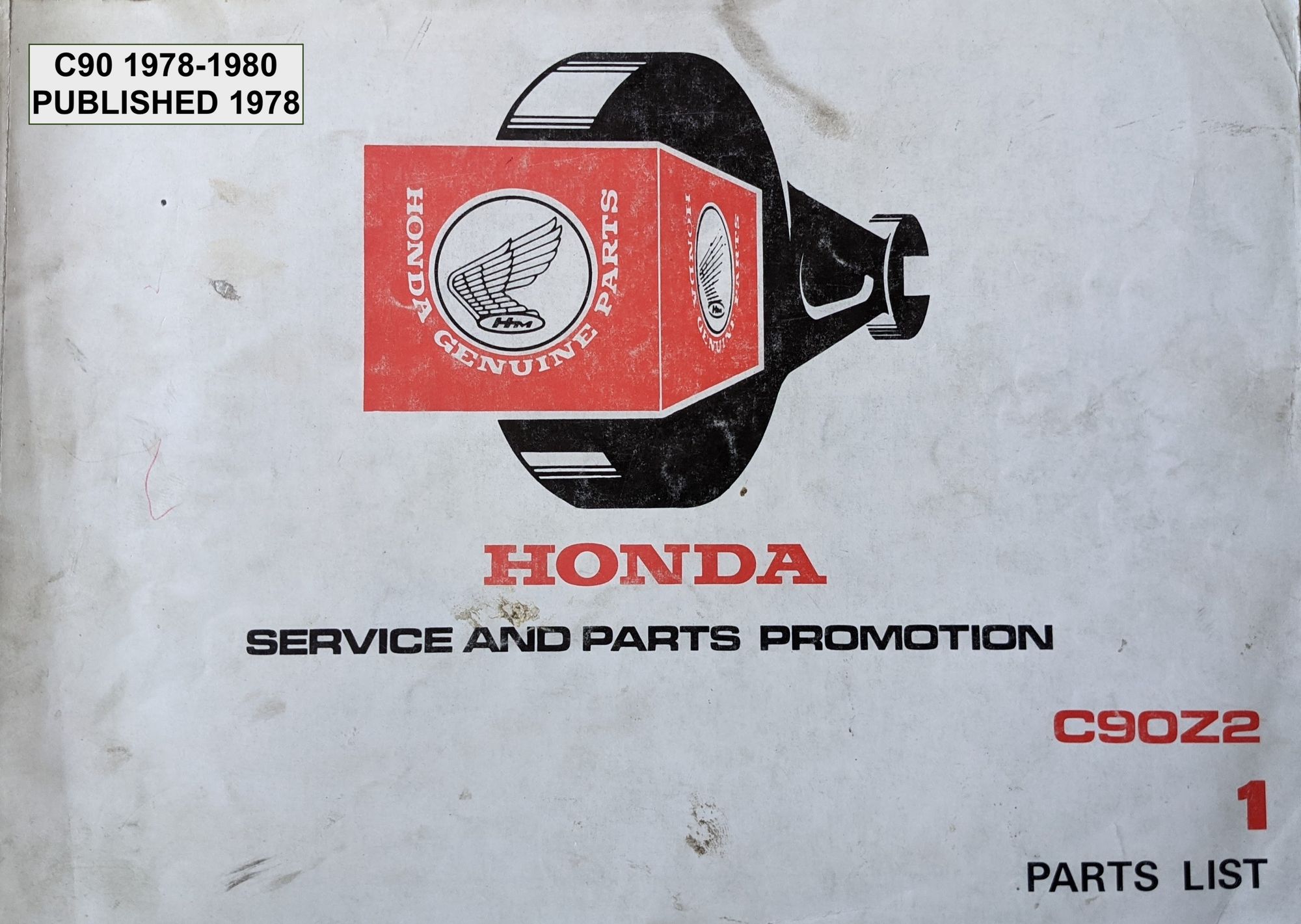
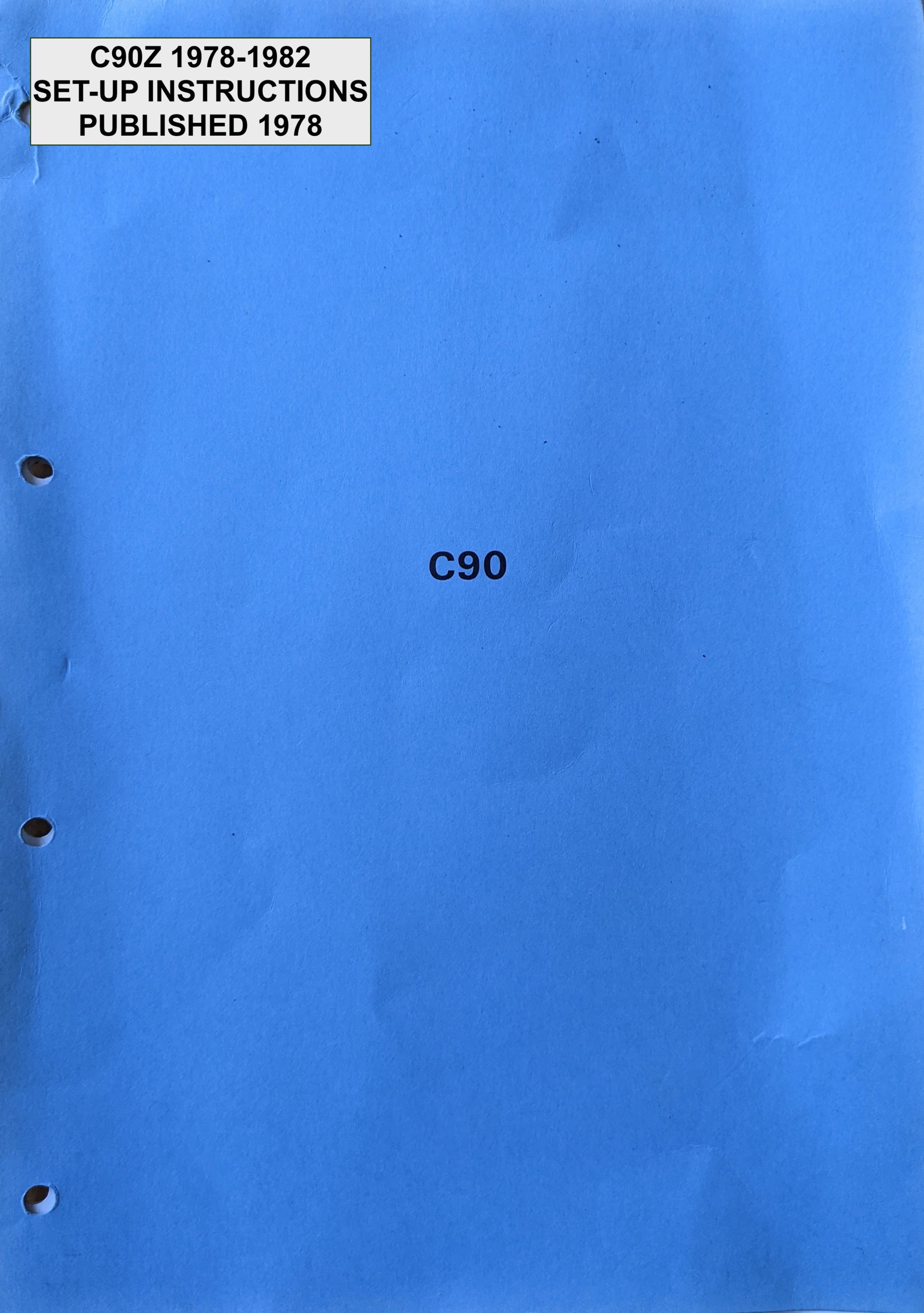
You can read about the 6v electrical system on the pre-1982 models here (including colourised wiring diagrams):
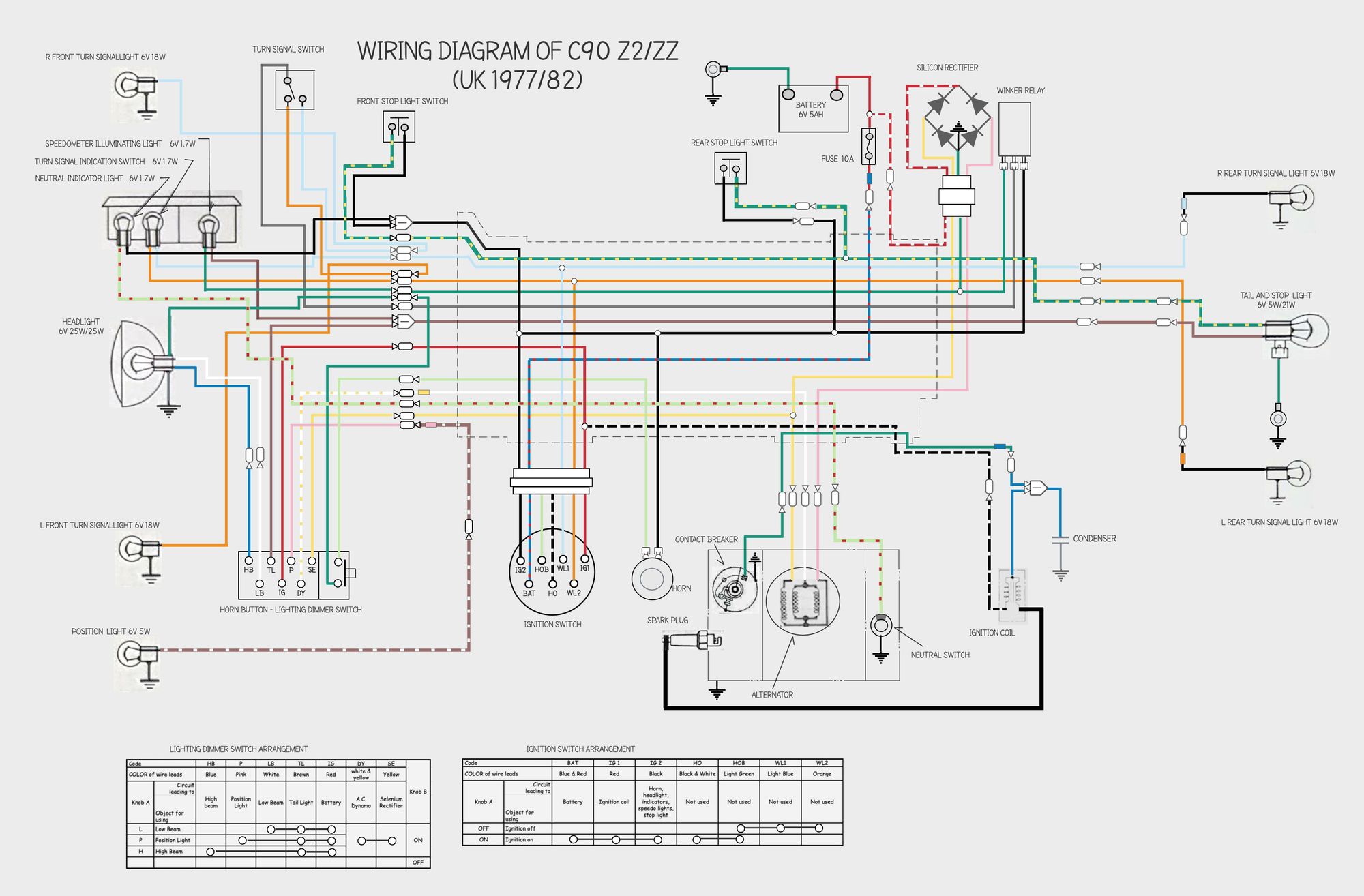
The 89cc motors Honda used in the S90, CL90, CD 90, and CT90 between the late 60s and early 80s were basically identical with the only major difference being that the the C90 and CT 90 used an automatic clutch and the four speeds transmission used in some of the models.
If you have a C90 from this period you might also find it useful to refer to the US CT90, CT110 Shop Manual which covers the same engine but has better illustrations than the earlier manual from the 1970s shown above. If you have a CT, the US manual also shows the sub-transmission added to the later CTs and covers the CT 110 which succeeded the 90cc model.
Updates to the 6v engine
Only a few minor improvements were made to the 89cc engine and gearbox during the 30 or so years it was in production:
Oil pump changes
The early 90s used a gear type oil pump which was later upgraded to a trochoidal pump with increased flow capacity. You can read here for more about the lubrication system.
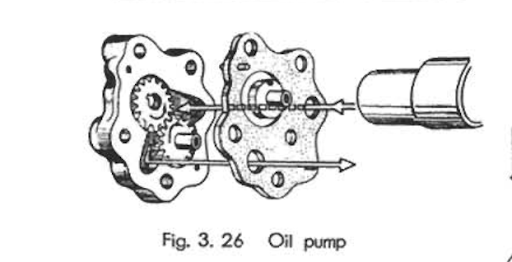


Trochoidal pump operation (left) / This clever device was invented by the Edward Hill of the Hill Compressor & Pump Co in the 1920s (see patent drawing on the right)
Cam chain tensioner changes
Several different cam chain tensioners were used, with the early automatic oil/spring damped version being replaced with a mechanical tensioner in the early 1970s. They are all interchangeable.

Kick start changes
the kick start mechanism was changed in the late 60s/early 70s. More information here. The new mechanism required changes to the engine cases, so the two are not interchangeable.
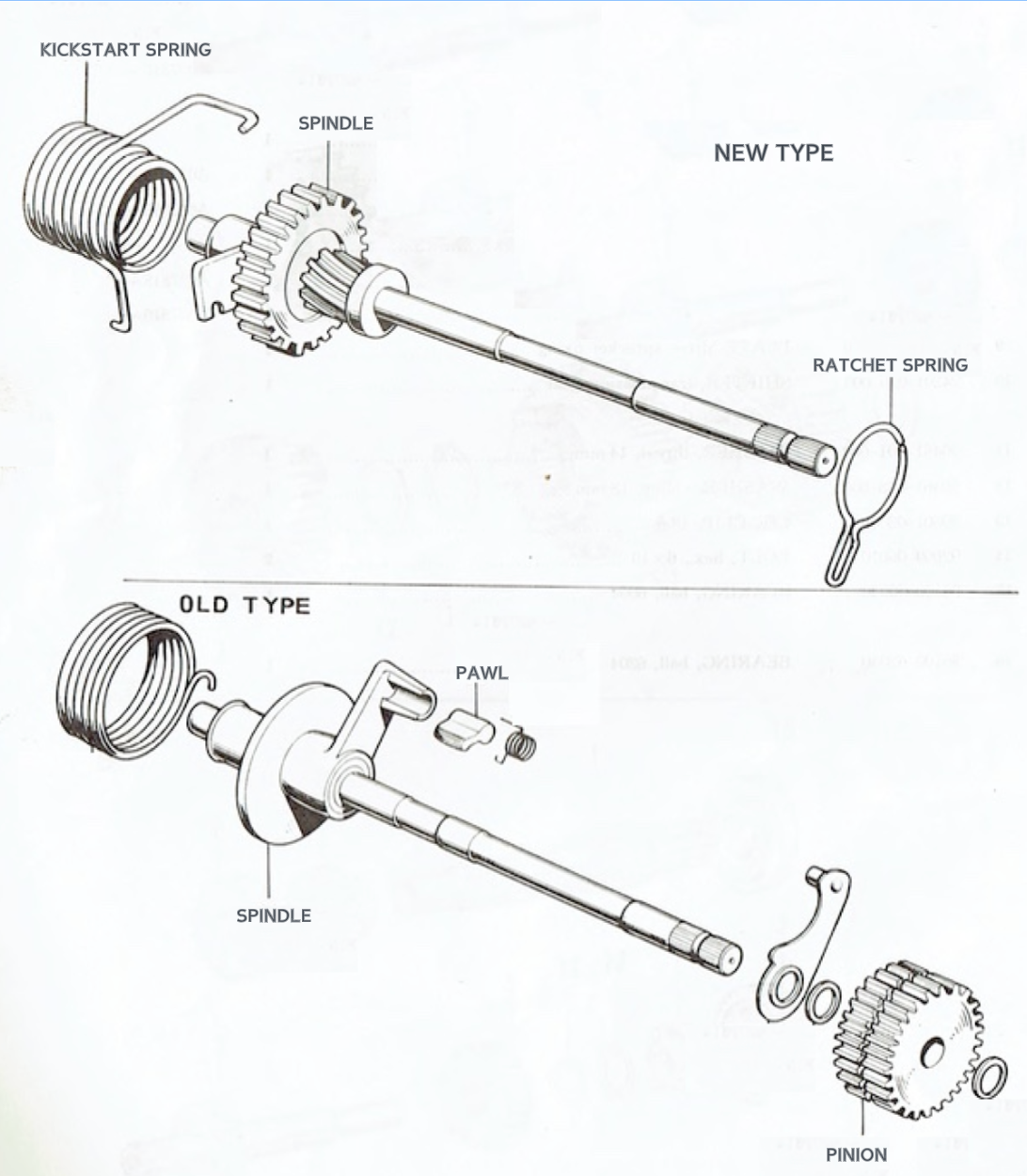
Clutch changes
The earliest clutches used 4 free springs to control the centrifugal action of the clutch. Later models, introduced in the late 60s, had an upgraded clutch with 6 free springs and an increased number of bob weights. Read more about it here.
Transmission changes
The original transmission, gear shift drum and gear shift forks were replaced with more robust versions in the late 60s. You can read more about the transmission here.
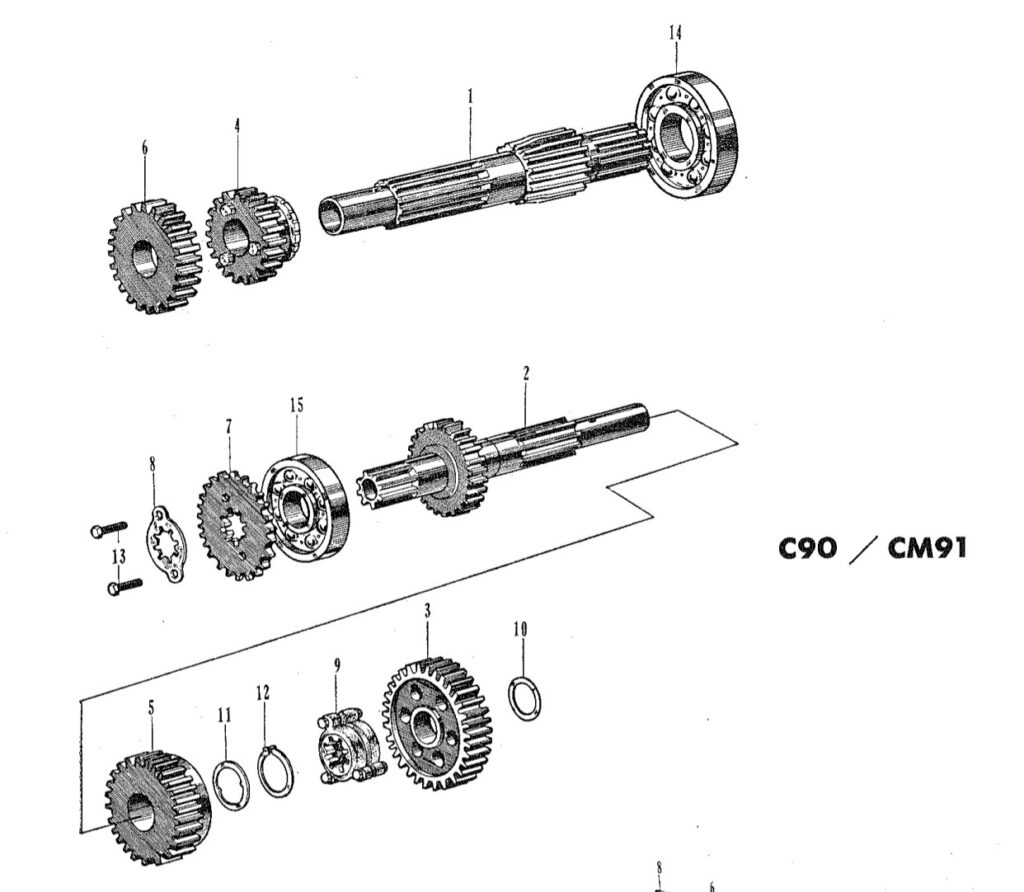
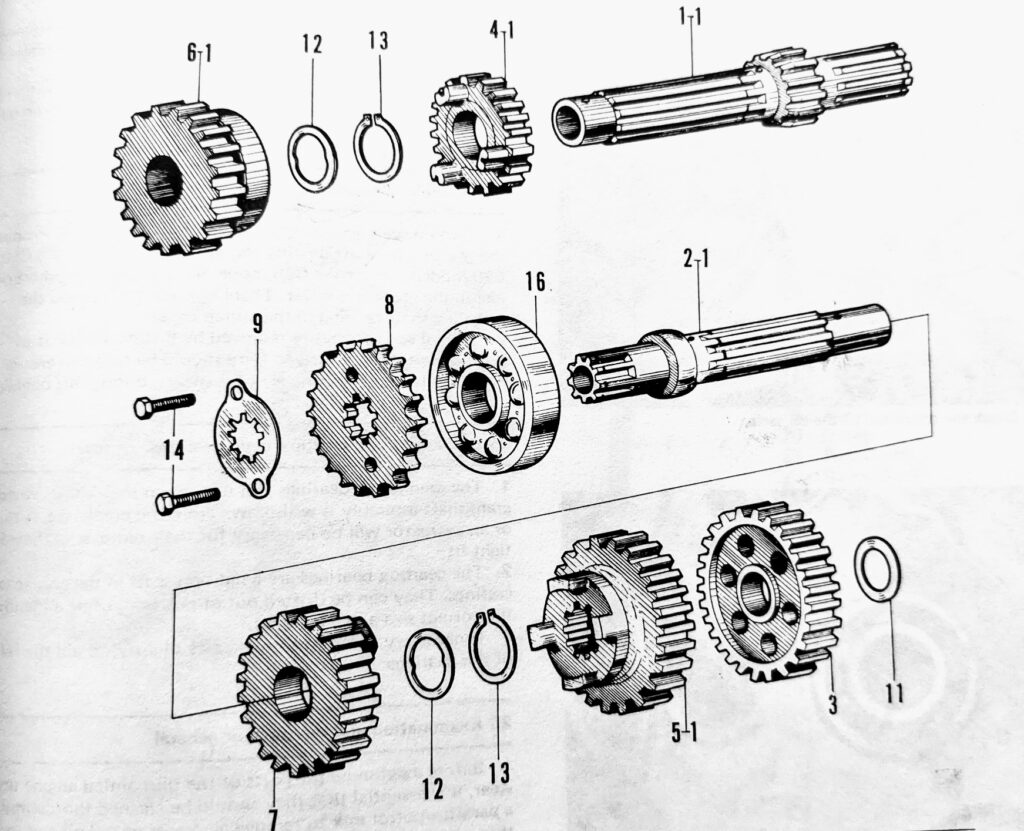
the early transmission design is shown on the left
Cylinder and cylinder heads
The very early cylinder heads had a smaller intake port (18mm vs 21mm on later models):

The engine used in the CT90s from the mid 70s came with an all aluminium cylinder head, although these were not made available for the C90s of the same era, which continued to use a version with a combustion chamber formed from an iron "skull". You can read about the differences on this article on the C90 pistons, cylinders and combustion. Note that the all aluminium head came with a new cylinder design, meaning you can't use the new heads with the older style cylinders.
Shift Pattern
The final mechanical alteration of note was that Honda changed the shift pattern from 1-0-2-3 to 0-1-2-3 when they introduced the C90-ZZ (1979).

The c90-ZZ has a different shift drum to the Z2 as a result of this change. The ZZ also came with a new conical silencer, replacing the old cigar shaped one.
Cosmetic changes
The main cosmetic changes came with the introduction of the Z2 model. The Z2 was launched in the UK in 1977 and incorporated features previously only available on the special “deluxe” models sold in other markets. This included foldable foot pegs, position light, an improved speedo with turn signal indicator and a new switch that activated the stop light when using the front brake. The choke was also moved to below the centre of the handlebar and the main switch to the legshield.
110cc upgrade
Around 1979 Honda increased the cylinder capacity of the engine from 89cc to 110cc and fitted the upgraded version in the CT range. The CT110 was still being sold in Australia in 2013 meaning this brilliant little engine had a 47 year production run. Not bad!
Wiring
Note the 1971 workshop manual shows the wiring for the pre-1977 models, the wiring for the UK C90-Z2 and ZZ (1977-82) models is included in the back of the owners manual linked above. A colorised version is below:
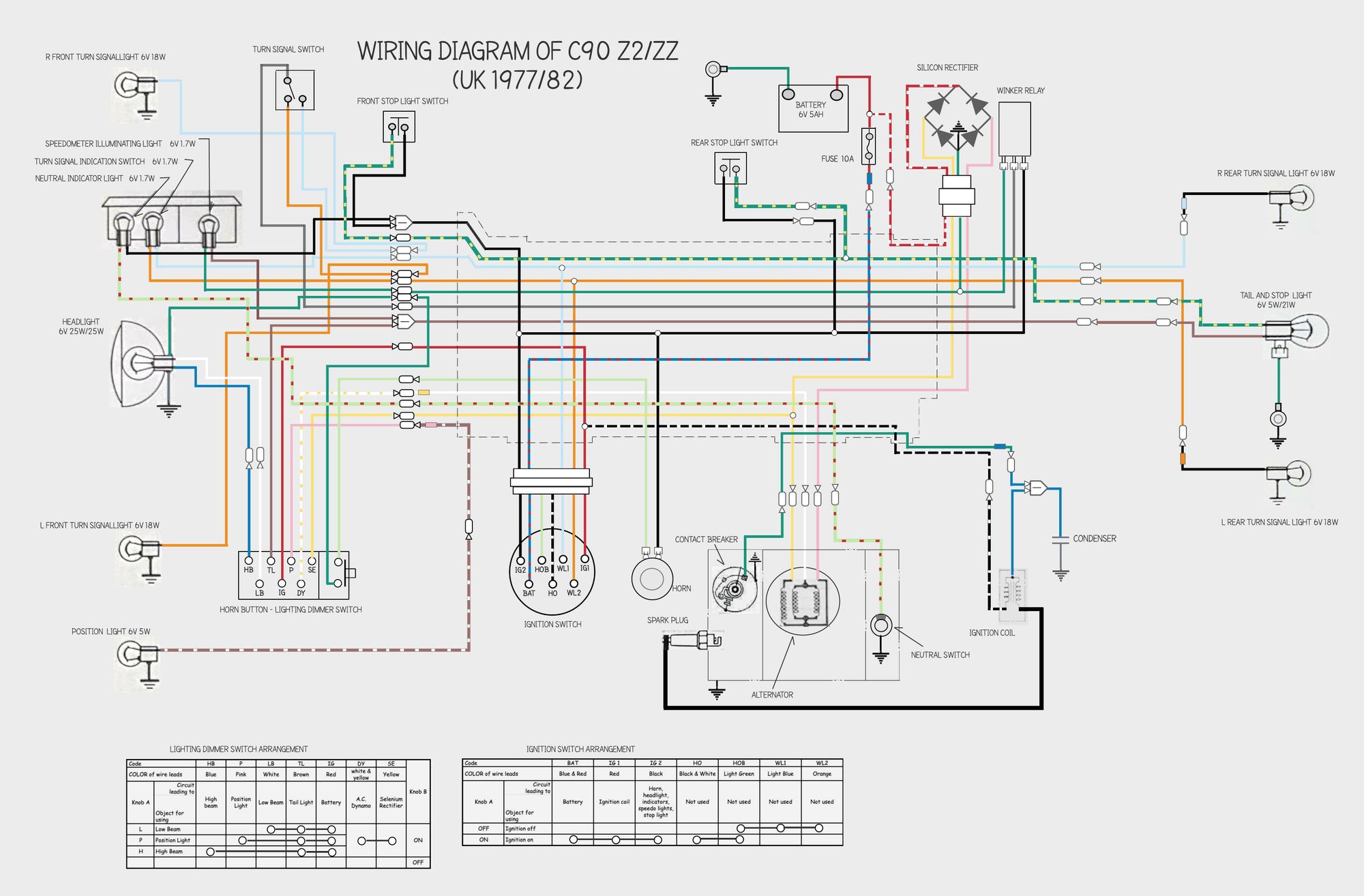
C90-C (1982)
By the early 1980s Honda determined the old C65 engine, which they had already extended to 72cc, would cope with a further capacity increase and they enlarged the cylinder once more, increasing engine capacity to 86cc.
This decision meant that all the bikes in the cub range could now share many components, including the frame, and in 1982 Honda discontinued the old 89cc C90-Z model. The new 86cc engine, shown on the left below, and the older 89cc model (right) are a similar design but the new engine has a simpler lubrication system
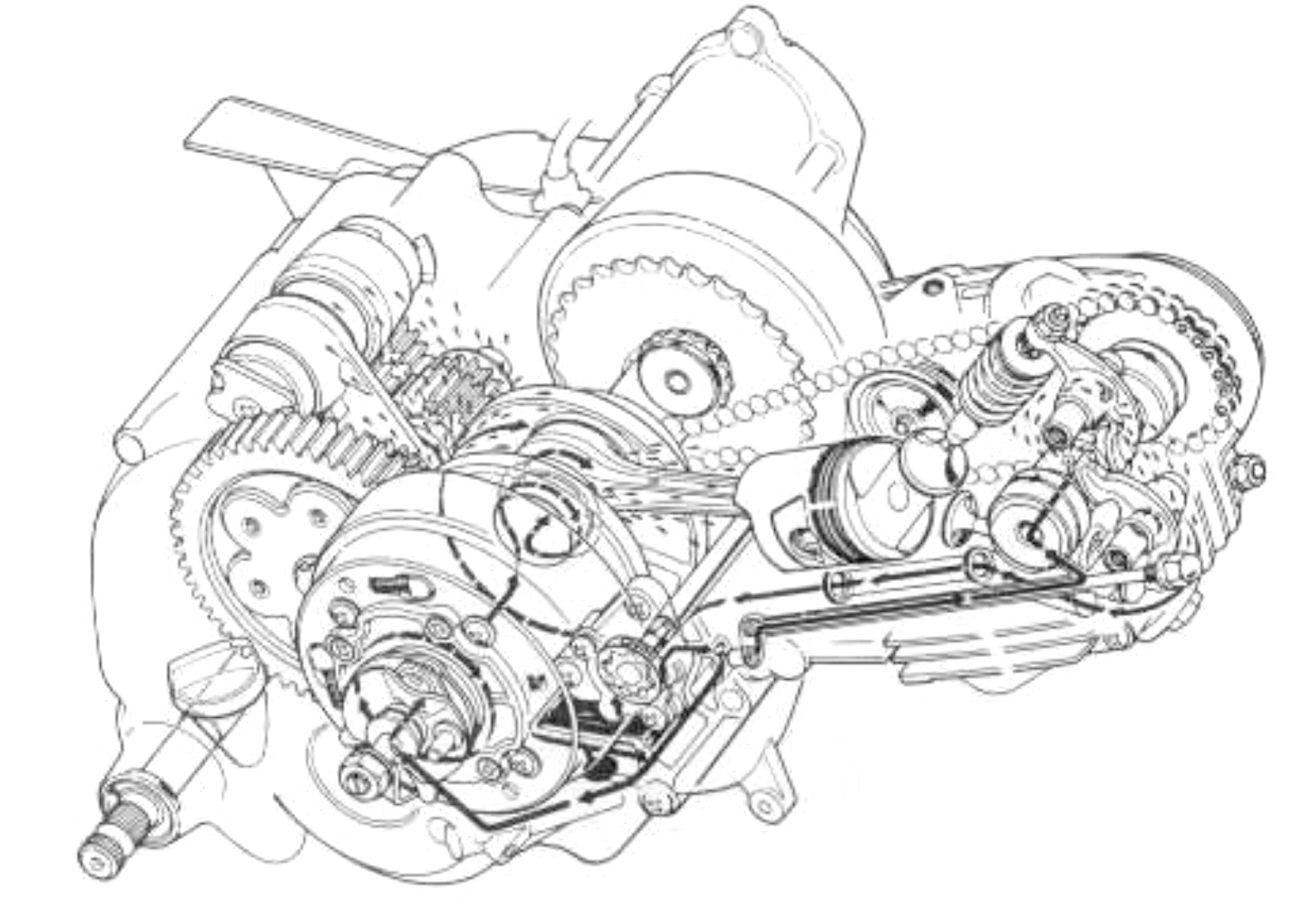

The oder 89cc version (right) has pumped oil to the transmission in addition to the oil path to the crank and cylinder head
The 1982 C90C model retained the styling of the older 89cc bikes, including round headlamps and was only available for a couple of years in the UK. It is easily recognisable because it shared the frame of the smaller bikes including the distinctive two-tone seat and enclosed fuel tank.
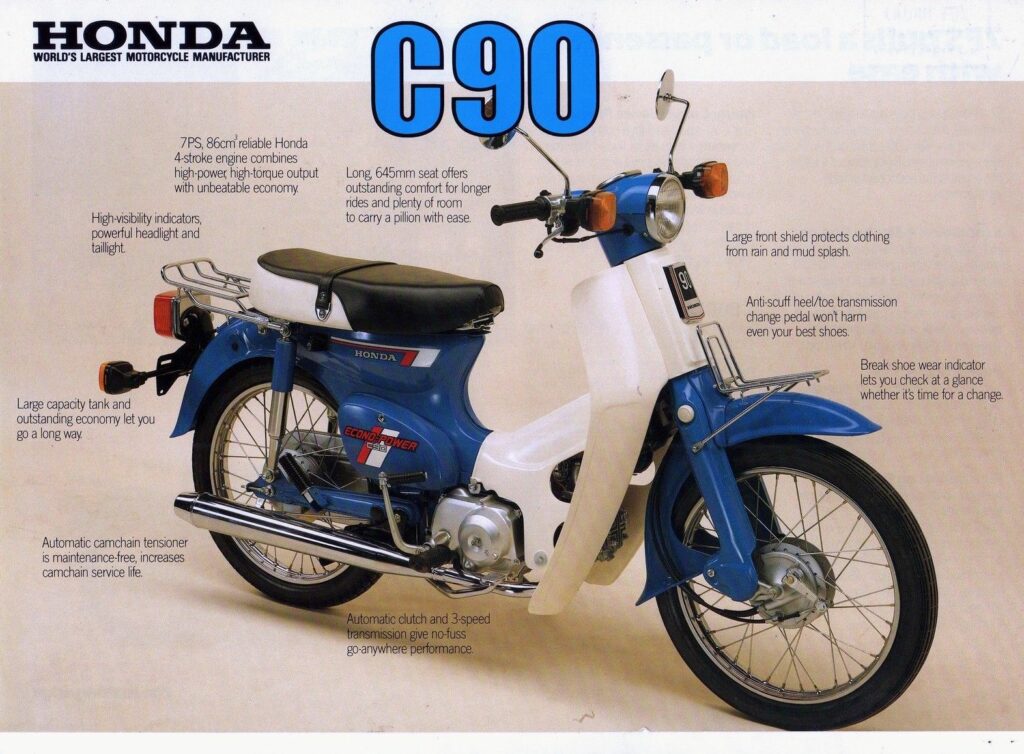
in 1982 Honda released the 86cc C90C with upgraded 12v electrics, CDI ignition and a new engine derived from the C65. Note that different versions were sold in markets outside the UK.
C90-E (1984+)
The subsequent "square headlight" models were produced until 2002, the last of the 90cc models sold in the UK. A larger 125cc super cub is still produced today and sold all over the world.

The other major change, in addition to the updated engine, was the electrics. All the cubs from this point forward came with AC powered CDI ignition, rather than the battery powered ignition used on the older 89cc C90s. This resolved two of the maintenance hassles on the older bikes which required the contact breaker points to be adjusted properly and a fully charged battery to run well. The new C90s were also lighter and had a slightly higher top speed.
From this point forward all the Super Cubs available in the UK also switched to 12v systems, but for mysterious reasons the C90D available in other locations like Australia - although still using CDI ignition - remained on 6v.
Around 1984 the C90E was released in the UK market, reintroducing the electric starter last seen in the 1960s and adding the distinctive rectangular headlight and a newly designed speedometer with a handy fuel level indicator. From this point forward only minor changes were made until the C90 was discontinued in the early 2000s. Here is the 1984 manual, it covers the models up to the C90E (discontinued in 1986):

Several other models were released in the 80s and 90s culminating with the final C90T version. A number of mechanical improvements were made during this time including changes to the front suspension arms, big-end, brakes, wheels and electrics so be sure to check when buying parts that they are correct for your model.
Honda Common Service Manual
Honda expected their model-specific manuals to be read in conjunction with the Honda Common Service manual, which explains the systems common to all their motorcycles. This manual is available on the excellent Vintage Honda Twins forum, as part of their document library.
Super Cub Glamour
It is difficult to know exactly how cool super cubs are but here are Marvin Gaye, Steve McQueen, The Beach boys and Ann-Margret Olsson (accompanied by the King of rock and roll) sitting on some.
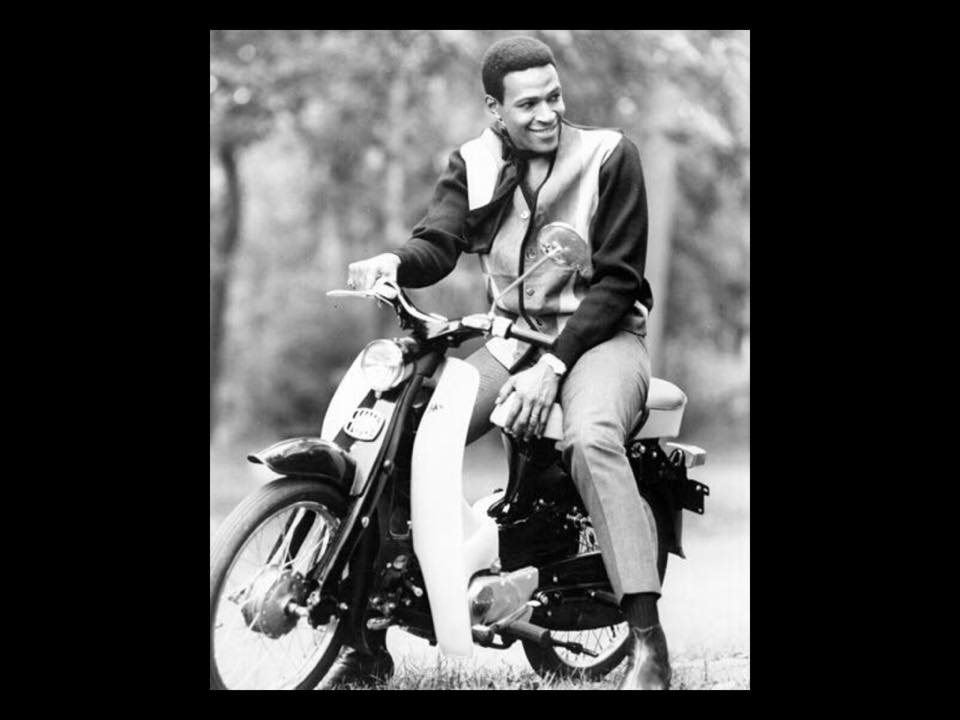

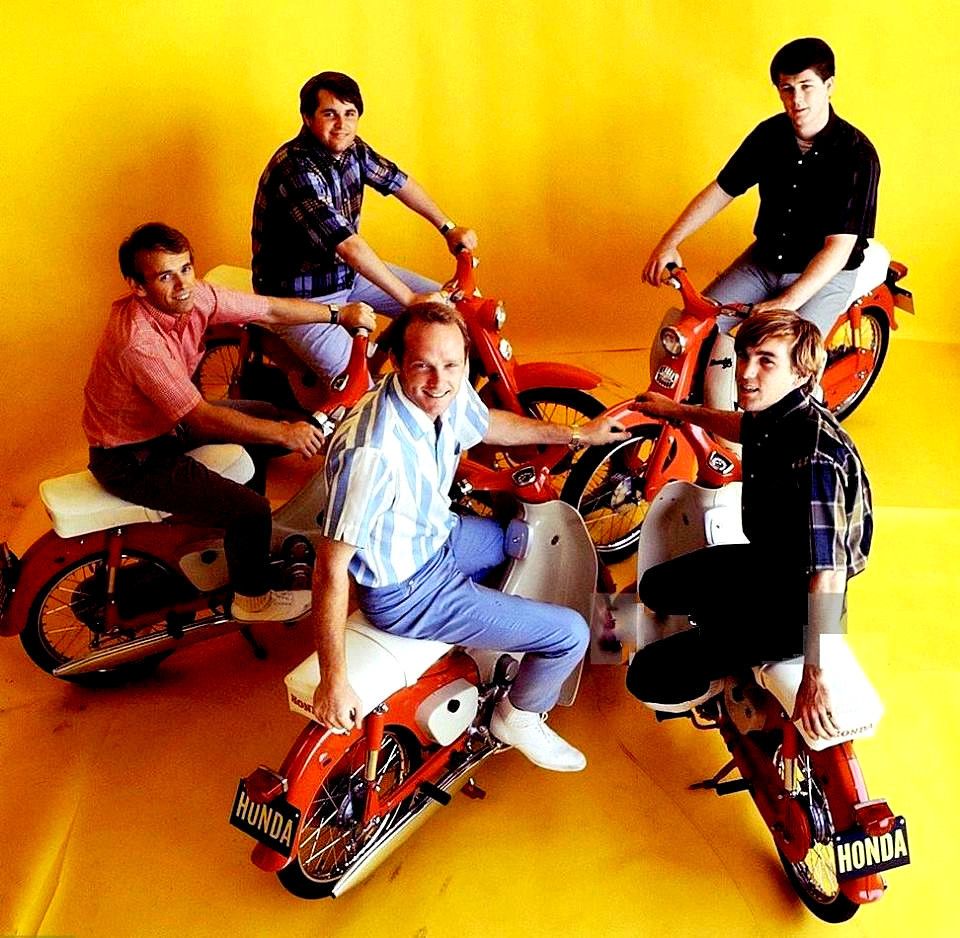
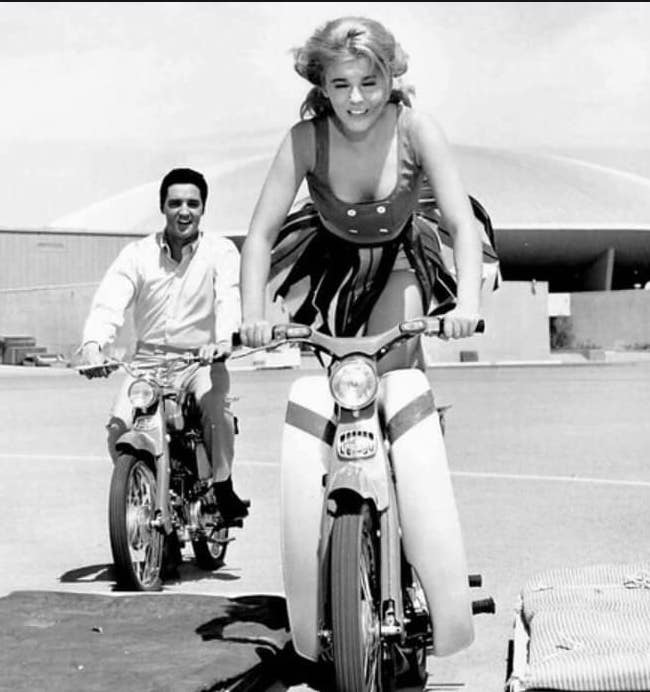
cool
Enjoy the manuals!
References
| 1⏎ | the last bike to use the engine – albeit with a modified version with a more modern charging system – appears to be the MD90 which was sold as a mail delivery bike in Japan and was made well into the 2000s |
|---|---|
| 2⏎ | Honda sold around 28,000 C90-Zs, and the same electrics and engines were used in 100s of thousands of the very popular Ct90s sold in the US and Australia (nearly 1m Ct90s were sold in the US alone) |
